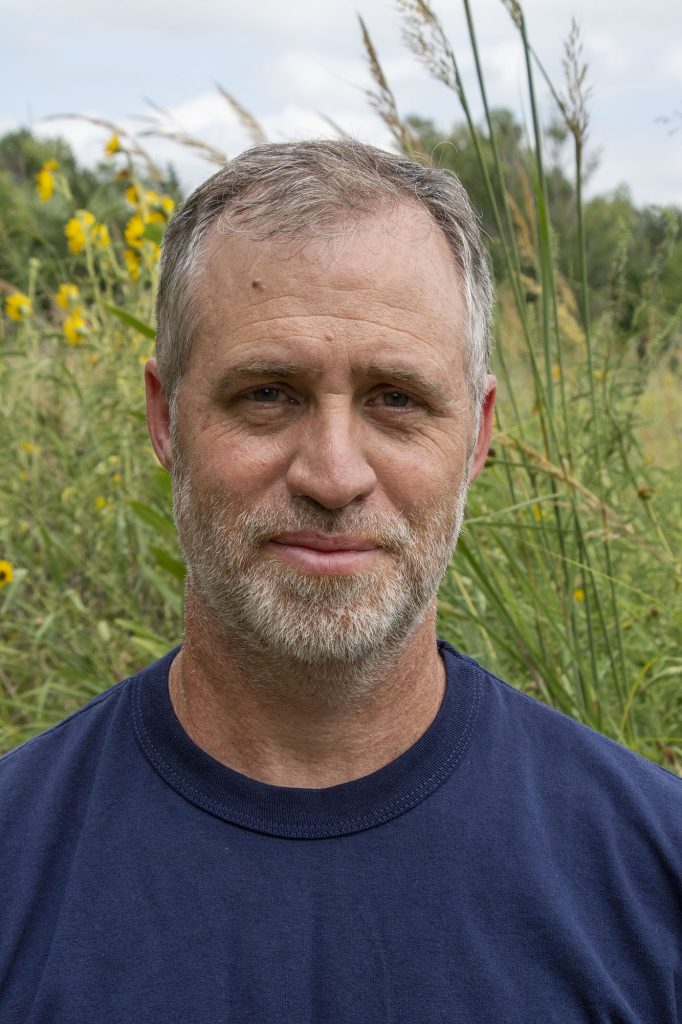
Presented by: Chris Helzer, Nebraska Director of Science for The Nature Conservancy
The health and resilience of prairies relies upon plant/animal diversity and heterogeneous habitat structure that supports that diversity. The Nature Conservancy has been long experimenting with combinations of prescribed fire and cattle grazing that provide varied habitat structure and support high plant diversity at its Platte River Prairies in Nebraska. Our treatments include grazing stocking rates that are comparable with those used by our agricultural neighbors.
Many of our fire and grazing treatments target invasive cool season grasses like smooth brome and Kentucky bluegrass, which have become ubiquitous in many Midwestern and Great Plains grasslands. It isn’t feasible to eradicate those species from most sites but we have had luck suppressing their dominance and preventing them from reducing plant diversity. For example, we have up to 20 years of data from restored prairies (old crop land seeded with diverse prairie seed mixes) that have maintained their plant diversity even as those invasive grasses have become widespread over time.
Our prairie management approaches also result in periodic flushes of plants that are often considered to be weedy. Examples include western ragweed, sweet clover, marestail, annual sunflowers, hoary vervain, and many others. However, because we use both season-long intensive grazing and long (multi-season) recovery periods, we have learned a lot about how the abundance of those species is closely tied to competition from grasses. During periods when grazing has weakened grass stands, those opportunistic plants show high abundances, but as grasses are allowed to recover their vigor, they also suppress those ‘weeds’ very effectively. This has important implications for how plants like this are perceived and managed.

Chris Helzer is the Nebraska Director of Science for The Nature Conservancy. He joined the Conservancy in 1997 as a land steward and has gradually moved more into science and outreach roles. Currently, he conducts research and evaluates grassland management and restoration activities and shares the results with others. Chris also uses his writing and photography to promote prairies and their conservation to a broad audience.
Check back later for more.